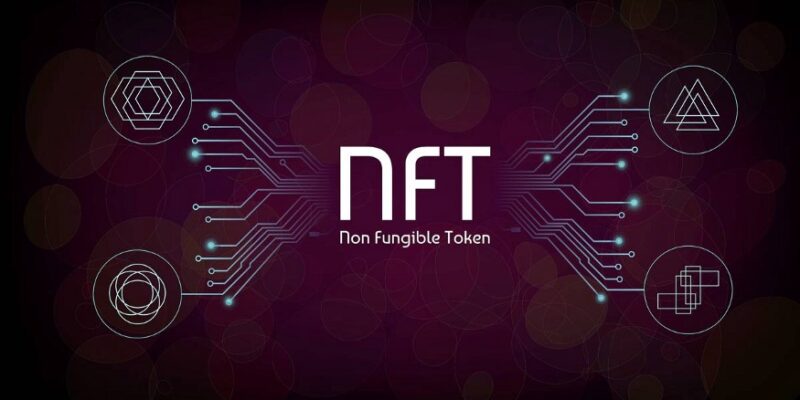NFTs have become the most talked-about thing on the internet over the past few weeks. While these Non-Fungible Tokens have been around since 2014, their adoption in the art and entertainment industry shot them to the forefront of cryptographic assets.
What is a Non-Fungible Token (NFT)?
NFTs are cryptographic assets on a blockchain. They are digital assets that represent something in the real world, such as pictures, videos, music, in-game items, or other art forms. They are bought and sold online, usually using cryptocurrencies. Similar to cryptocurrencies, NFTs also have unique ID codes and metadata that distinguish them from one another. However, one major difference between NFTs and cryptocurrencies is that NFTs cannot be traded or exchanged equivalently.
Fungible tokens such as cryptocurrencies are identical to one another; therefore, they can be used as a medium for transactions. For example, 1 Bitcoin is equal to another Bitcoin. NFTs have unique digital signatures and are generally one of a kind, making it impossible to exchange them as equivalency.
How NFTs work
NFTs exist on blockchains, the same technology that makes cryptocurrencies possible. Specifically, NFTs are held on the Ethereum blockchain, although other blockchains support them. NFTs are created or ‘minted’ from digital counterparts of tangible and intangible objects such as Art, Collectibles, Videos, Music, GIFs, etc. Jack Dorsey, the co-founder of Twitter, sold his first tweet as an NFT for over USD 2.9 million. So it can be seen that NFTs are also like collector’s items, except they are digital. People who buy NFTs have exclusive ownership rights, and any NFT can have only one owner at a given time.
NFTs in the Entertainment Industry
NFTs are all set to take the entertainment industry by transforming the manner in which movies are shot, produced and distributed. The main difference is in democratizing the production and freeing the producers from budget constraints and the difficult control measures of top production houses.
Through movies, NFTs producers can distribute part of the movie ownership to the fan base and viewers to raise funds. It also makes it possible for budding filmmakers and artists to enter the entertainment space even though they are virtually unknown.
The top production houses can also use NFTs to solidify the fandom of millions of their followers on virtual worlds such as metaverse. For example, the KGF franchise sold 1000 NFTs like hotcakes as soon as it was released. KGF fans now have an opportunity to become part of an exclusive club where they have access to props, avatars and other memorabilia in the form of NFTs.
The future
While some might think that NFTs have no tangible value, they are still treated by people as the future of fine art collecting. NFTs can make a tremendous difference to movie merchandising as fans have long been collecting posters, figurines and clothing related to their favourite movies. The uniqueness and rarity of NFTs are what will drive their value. Adding to that is its ability to bring together creators and viewers to create stories that resonate with the crowd.
At Donatekart, we’re constantly striving to curate the most relevant and engaging content just for you. If you loved reading this, then 5 insightful podcasts will grab your attention too.


